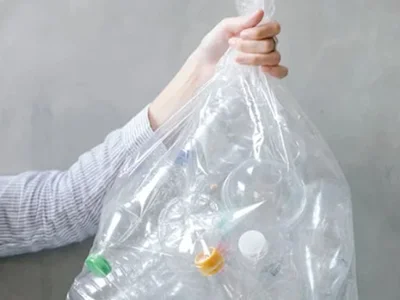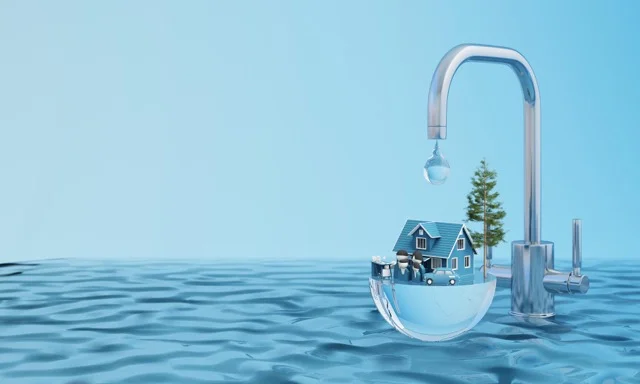Reclaim Waste - Questions
Reclaim Waste - Questions
Blog Article
Get This Report on Reclaim Waste
Table of ContentsThe smart Trick of Reclaim Waste That Nobody is DiscussingThe 20-Second Trick For Reclaim WasteRumored Buzz on Reclaim WasteThe 15-Second Trick For Reclaim WasteThe Definitive Guide to Reclaim Waste
Residential sewer waste refers to the waste and products from a property septic container. The correct administration and disposal of residential sewer waste need liquid waste to be transferred to a sewage treatment plant where the proper approaches and devices are applied to detoxify and dispose of waste.
Business waste commonly includes possible hazards, such as flammable products or a combination of fluid and strong waste products, and requires an advanced and thorough disposal procedure. The disposal of commercial waste commonly involves the filtering of waste before transport to ensure risk-free and proper disposal. Industrial waste is produced from results and runoff of industrial processes and production.
This kind of waste can not make use of the same sewage management transportation or processes as septic or business liquids. The commercial waste administration process needs the evaluation and testing of fluid waste prior to it undertakes the disposal process (liquid waste removal). Drainage waste is the liquid waste that originates from runoff and excess stormwater in extremely booming locations or cities
Runoff waste can cause contamination and flooding otherwise managed appropriately. Find out more concerning sewage system cleaning and waste monitoring. Making certain proper waste monitoring can protect against calamities and reduce ecological harm. Both people in domestic setups and professionals in commercial or production industries can profit from understanding the procedures and guidelines of liquid waste management.
The Reclaim Waste PDFs
Call PROS Providers today to find out about our waste administration and disposal solutions and the proper methods to look after the liquid waste you create.
(https://boom-fruit-496.notion.site/Industrial-Wastewater-Treatment-The-Key-to-a-Cleaner-Greener-Future-13c9fdbb2e9380eca32fee3a79088ddf?pvs=4)This supposed 'wastewater' is not only a crucial source but, after treatment, will be released to our land, rivers or the ocean. Made use of water from toilets, showers, bathrooms, kitchen sinks, washings and industrial procedures is recognized as wastewater.

water utilized to cool equipment or clean plant and devices). Stormwater, a type of wastewater, is drainage that moves from farming and urban locations such as roofs, parks, yards, roads, courses and rain gutters into stormwater drains pipes, after rain. Stormwater moves without treatment directly to neighborhood creeks or rivers, at some point getting to the sea.
Some Known Questions About Reclaim Waste.
In Queensland, a lot of wastewater is dealt with at sewer treatment plants. Wastewater is transported from domestic or commercial websites via a system of sewage systems and pump terminals, understood as sewerage reticulation, to a sewage treatment plant.
The Department of Natural Resources encourages city governments regarding handling, operating and preserving sewage systems and treatment plants. In unsewered areas, city governments may require homeowners to set up specific or house sewage treatment systems to deal with residential wastewater from bathrooms, kitchens, washrooms and laundries. The Department of Natural Resources authorizes the use of household systems when they are proven to be reliable.
Many stormwater receives no therapy. In some new subdivisions, treatment of some stormwater to get rid of litter, sand and gravel has actually begun making use of gross pollutant catches. Wastewater therapy takes place in 4 stages: Removes strong matter. Larger solids, such as plastics and various other things mistakenly released to content sewers, are gotten rid of when wastewater is passed with screens.
Wastewater then flows right into big tanks where solids work out and are gotten rid of as sludge. Oil and residue are skimmed from the surface. Uses little living microorganisms called micro-organisms to break down and remove continuing to be liquified wastes and fine bits. Micro-organisms and wastes are integrated in the sludge. Removes nitrogen and phosphorus nutrients that can create algal blooms in our rivers and threaten aquatic life.
The Only Guide for Reclaim Waste
Nutrient elimination is not offered at all sewer treatment plants because it needs expensive specialized equipment. Clear liquid effluent produced after therapy might still include disease-causing micro-organisms - liquid waste removal.

Many wastewater flows into the sewerage system. Under the Act, neighborhood federal governments provide authorizations and licences for ecologically pertinent tasks (Ages) entailing wastewater launches that may have a neighborhood impact.
See This Report about Reclaim Waste
Otherwise, examples are considered laboratory evaluation. Typically many examinations are required to establish the levels of each of the various pollutants such as oils, heavy metals and chemicals in water. Tracking gives valid info about water high quality and can confirm that licence conditions are being satisfied. The information acquired through surveillance supplies the basis for making water quality decisions.
Report this page